There seems to be nothing in your cart.
Didn't find what you were looking for? Contact our consultant.
To save your shopping cart until your next visit, create an account or register .
Browse our Hits sales
There seems to be nothing in your cart.
Didn't find what you were looking for? Contact our consultant.
To save your shopping cart until your next visit, create an account or register .
Browse our Hits sales
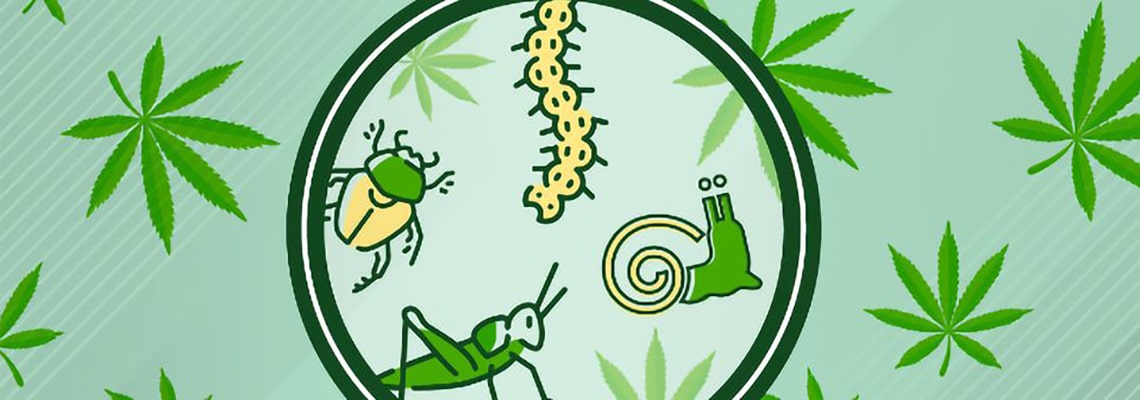
Content
Growing cannabis, whether sativa or indica, requires not only certain conditions for growth, but also effective protection against various pests. Insects such as aphids, spider mites, whiteflies and thrips can seriously affect the health of plants, reducing their yield and quality. Plant protection is particularly problematic in enclosed environments such as growboxes, where insects can spread rapidly due to the limited space and stable environment. In addition, under conditions of artificial light, it is important to choose the right pest control methods in order not to harm the plants themselves.
Biological methods of protecting cannabis plants from insects rely on the use of natural predators and beneficial microorganisms to control pest populations. These methods are environmentally friendly and plant-friendly, making them the preferred choice for many growers, especially those involved in organic farming.
One of the most effective biological methods is the introduction of beneficial insects into the ecosystem that feed on pests that damage cannabis plants. For example:
Entomopathogenic fungi such as Beauveria bassiana are another effective biological method of insect control. These fungi penetrate the pests through their outer coverings and cause insect mortality. They can be used both outdoors and in growboxes and are not harmful to the plants themselves and are safe for human consumption.
Nematodes (microscopic worms) can be used to control soil pests such as fungus midge larvae and rootworms. They penetrate the body of the pests and destroy them from within. This method is particularly useful for protecting the root system of cannabis plants, both in the open and in growboxes.
Biological preparations containing Bacillus thuringiensis (Bt) bacteria are another effective insect control agent. The Bt bacteria produce a toxin that is destructive to the intestines of certain caterpillar species and larvae without affecting the plants themselves. The use of such preparations in closed growing conditions (growboxes) requires certain temperature and humidity conditions to ensure that the bacteria remain effective.
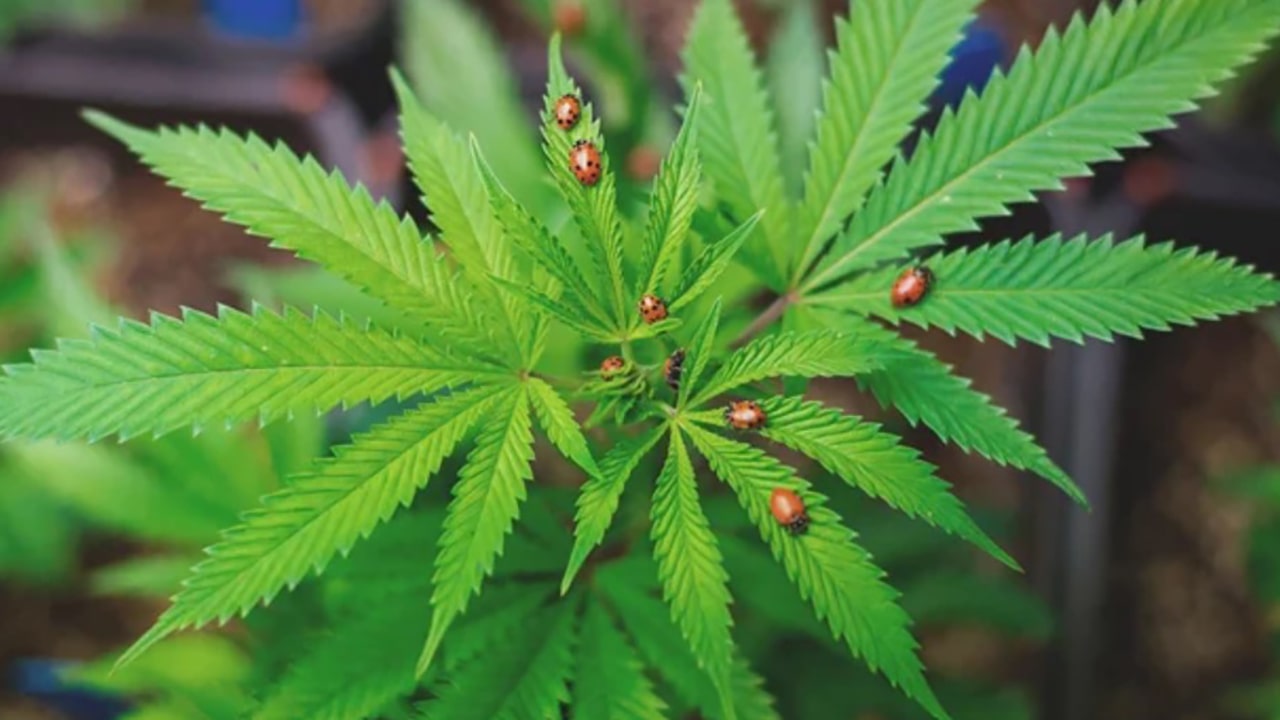
Chemical insect control methods for cannabis plants include the use of insecticides and acaricides to eliminate pests quickly and effectively. These methods may be necessary in situations where other control methods fail or when infestations reach critical levels. However, it is important to remember that improper use of chemicals can negatively affect plants, plant quality and human health.
There are several types of chemicals used to protect cannabis plants:
When using chemical plant protection products, it is important to follow certain rules to minimize the risk to plants and humans:
When using chemicals in open ground, it is important to consider their impact on the environment. Experienced growers avoid getting the preparations into water bodies and neighboring crops.
Growing cannabis indoors, such as grow boxes, requires special attention when using chemicals. In a confined space, the air quickly becomes saturated with chemical vapors, which can have a negative effect on the plants. Therefore:
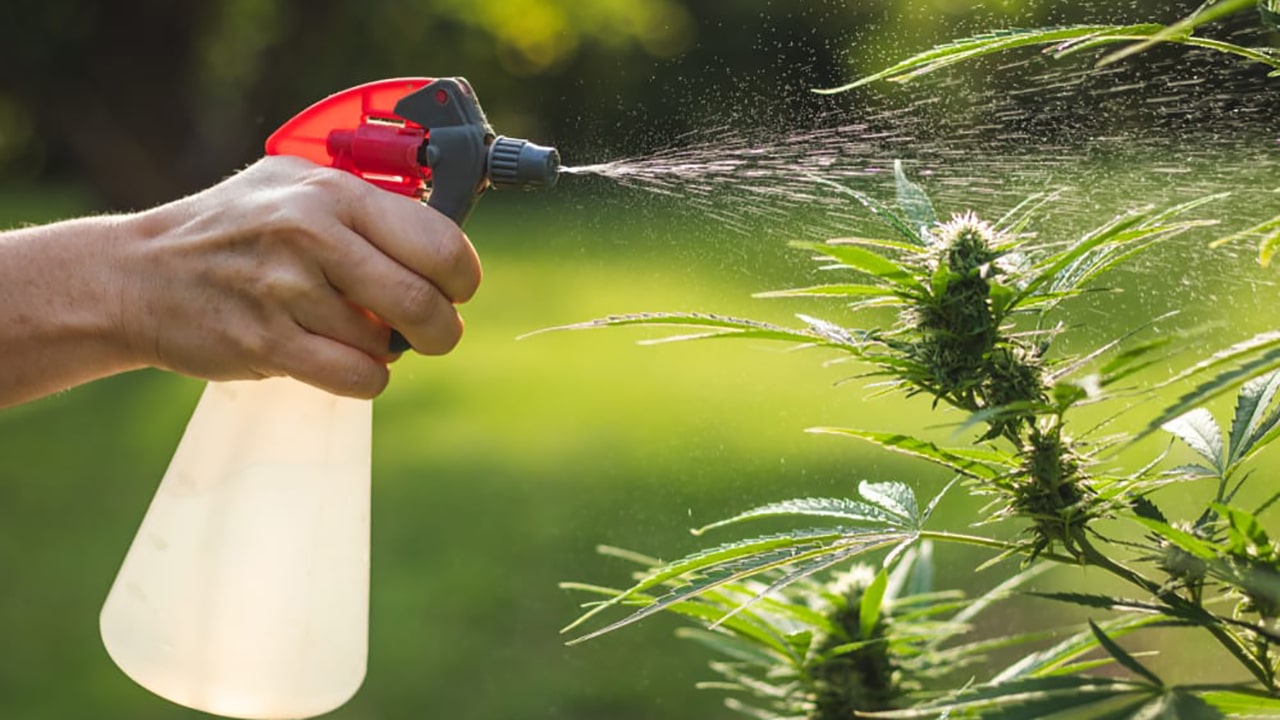
Mechanical methods of protecting cannabis plants from insects involve the use of various physical barriers and actions aimed at preventing the emergence and spread of pests. These methods are especially effective in closed growing conditions, such as grow rooms, where a controlled environment can be created. Mechanical methods are environmentally friendly and do not require the use of chemicals, making them an excellent choice for growers looking to minimize interference with natural processes.
Physical barriers are one of the simplest and most effective ways to protect plants from insects. These methods include:
Manual removal of insects from plants is one of the oldest and most proven methods of protection. It is especially useful in the early stages of infestation, when the pest population has not yet had time to grow significantly:
Managing the microclimate in grow rooms is also an important aspect of mechanical pest control. Many pests, such as spider mites, prefer a warm and dry environment. Maintaining an optimal temperature in the grow room (e.g. 20-25°C for most cannabis varieties) can slow down their development and reproduction. In case of a severe infestation, you can temporarily lower the temperature to weaken the pest population.
Maintaining humidity levels at 40-60% helps prevent the reproduction of pests such as fungus gnats and mold. Regular ventilation and the use of humidifiers or dehumidifiers in the grow room help maintain the necessary microclimate.
Cleanliness is one of the key factors in preventing insects in closed growing systems. Regularly cleaning and disinfecting grow rooms, including lights, fans, pots, and other elements, helps kill insect eggs and larvae that may be hiding on the surface of the equipment. Using plant-safe disinfectants, such as hydrogen peroxide or vinegar, helps prevent pests from appearing.
Removing dead leaves and plant debris from the grow room prevents the buildup of organic material that can become a breeding ground for pests and diseases. A clean grow room promotes healthy plant growth and minimizes the risk of infection.
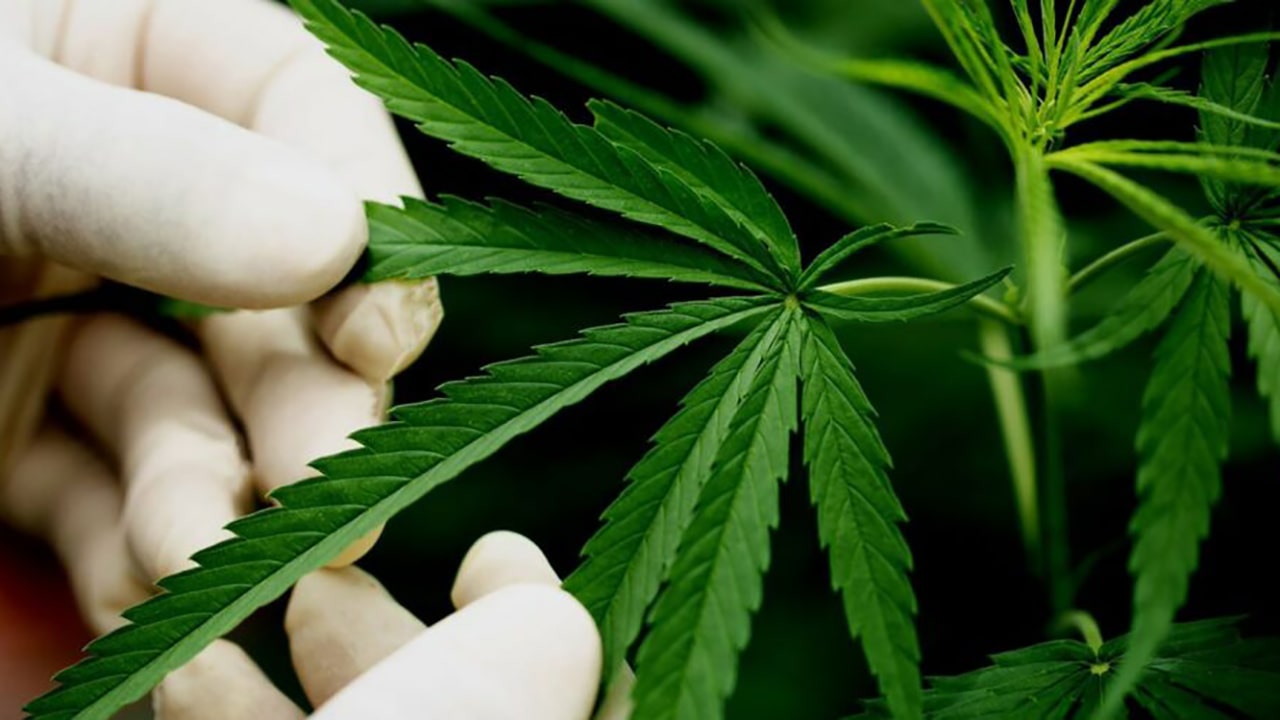
Lighting plays a key role not only in the growth and development of cannabis plants, but also in controlling the population of insect pests. Properly adjusted lighting conditions can significantly reduce the risk of infestation and spread of pests, especially in closed growing systems. This aspect of plant protection deserves special attention, as light directly affects insect activity and helps maintain plant health.
Different light spectrums have different effects on insect behavior and development. Using the right lighting can help control pests:
Lighting can also have a significant impact on insect activity and reproduction. In closed systems such as grow rooms, growers can adjust the lighting cycle depending on the growth phase of the cannabis plant and the need for pest control.
The 18/6 cycle (18 hours of light, 6 hours of darkness) is often used during the vegetative stage and helps stimulate active plant growth. Most pests that are active in the dark become less active during the long daylight hours, which reduces the risk of their spread. When combined with good ventilation, this cycle helps maintain a healthy environment for plant growth.
The 12/12 cycle (12 hours of light, 12 hours of darkness) is used during the flowering stage. During this period, it is important to monitor the condition of the plants, as the reduction in daylight hours can lead to an increase in the activity of some insect pests that are active at night. The use of sticky traps or other control methods becomes especially relevant during this phase.
Light traps and light barriers are effective means of controlling insect pests, especially in a grow room environment.
Light traps are devices that attract insects to a light source and trap them on a sticky surface or in a special container. Light traps can be used to monitor pest populations and reduce them. UV traps are especially effective against small flying insects such as whiteflies and midges.
Light barriers are created by placing light sources of a specific spectrum around plants, which helps prevent pests from entering the growing area. For example, blue LEDs can be used to create barriers against certain flying insects..
In indoor growing conditions, optimizing lighting plays a key role in maintaining plant health and pest control:
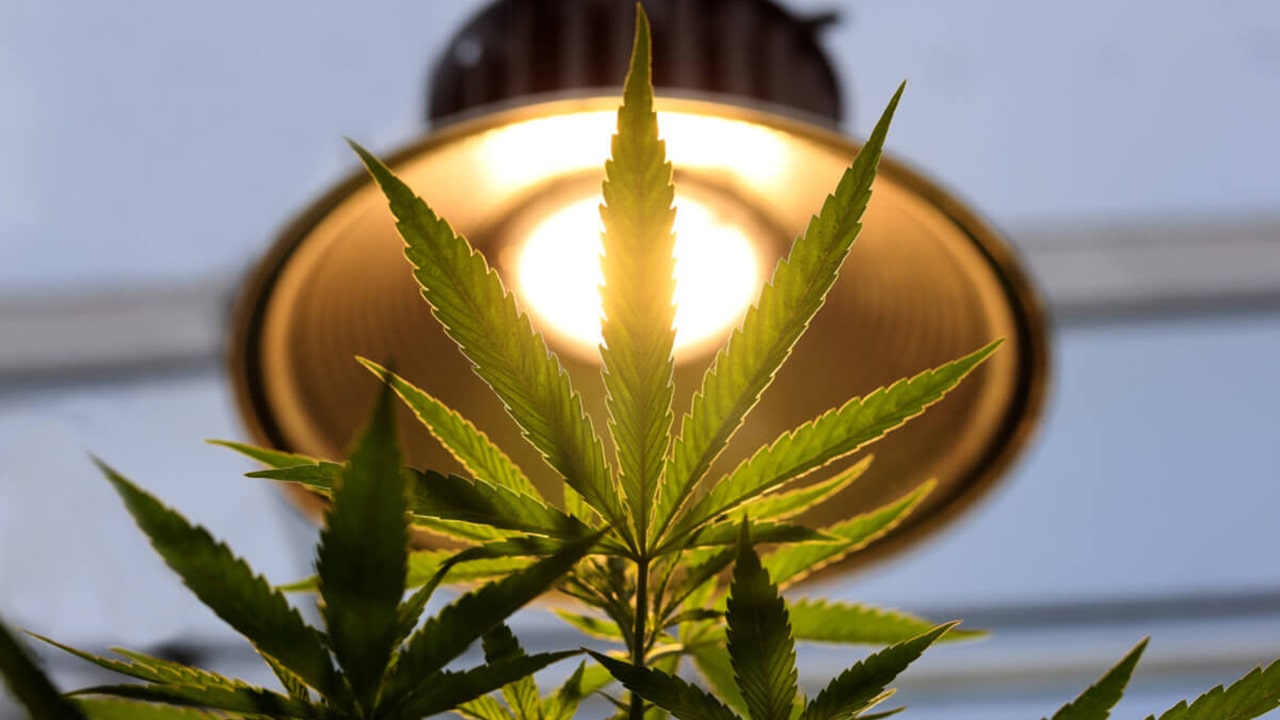
Protecting cannabis plants from insect pests is a dynamic and multifaceted process that requires a careful approach and a willingness to adapt to changes. The integrated use of biological, mechanical and chemical methods, combined with the right lighting conditions, allows you to create a favorable environment for plant growth and obtaining a quality harvest.
Caution! Errors Seeds does not encourage you to grow cannabis and does not contribute to this in any way. Growing is prohibited by Ukrainian law. The article is of purely scientific and informational interest.